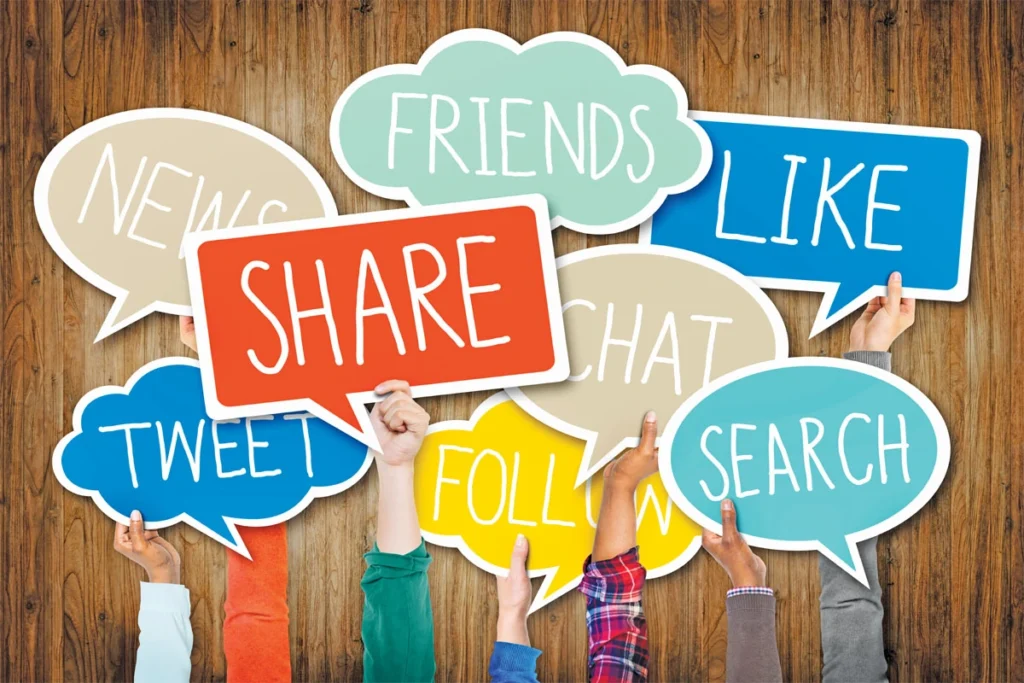In today’s world, the biggest medium of information is Social media. We know how every generation of young youth is different from the one that came before them, and today’s world is no exception. Media use and consumption are among the pronounced differences among generations; younger people say that they consume information more on non-traditional sources like Instagram or The Daily Show on comedy central rather than mainstream media sources like news channels and newspapers.
One viable outcome of these generational variations in media use is a faded agenda-setting impact on the young. Thanks to various news sources, there are many diverse forms of agendas now, all effortlessly available online and in alternative media famous with the young.
The process through which the mass media selects and focuses on certain subjects, causing people to consider such concerns as more important than others, is referred to as agenda-setting. The central notion in agenda-setting theory is the transfer of issue salience, or how media emphasis on specific problems elevates their relevance in public opinion.

Several explanations for the lack of attention to age-related agenda-setting effects come to mind, including an emphasis on agenda-setting research on a variety of individual characteristics which are more functionally relevant to public affairs and political behaviour than demographic differences.
Some of them are interested in politics, specific campaign interests, political participation, and the need for orientation. There is the discovery of more substantial agenda-setting effects for the issue of crime among older public members when using age as a surrogate for sensitivity to crime.
Still, other surrogates have been used for the other issues in that study. Several studies demonstrate that younger people read fewer newspapers and watch less TV news than older generations, consuming more entertainment media.
Also read this : Benefits of Good Mental Health
Older individuals are far more likely than younger people to rely on newspapers, TV news, and magazines for information. Numerous studies have blamed electronic media, notably the Internet, for the drop in newspaper readership among younger generations.
It is vital to consider the sort of media one employs since, in general, newspapers are shown to have larger agenda-setting impacts than television.
When mainstream media is funnelled through social media, it can impact public policy. Exposure to political material via Facebook has an agenda-setting impact by increasing participants’ perceived importance of certain policy concerns.
Individuals exposed to political material on Facebook have higher levels of issue salience consistent with the topics presented when compared to participants who were not provided political information; these effects are largest among those with minimal political interest. The biggest power and weakness of youth rely on Social Media and its demographics.
It is one of the biggest competitors in front of mainstream media. Every News channel or newspaper has started to show their presence through different social media platforms, helping them reach more readers and helping the media houses maintain the flow of information, and helping political parties set agendas and reach more masses.
By Anmol Bhardwaj

